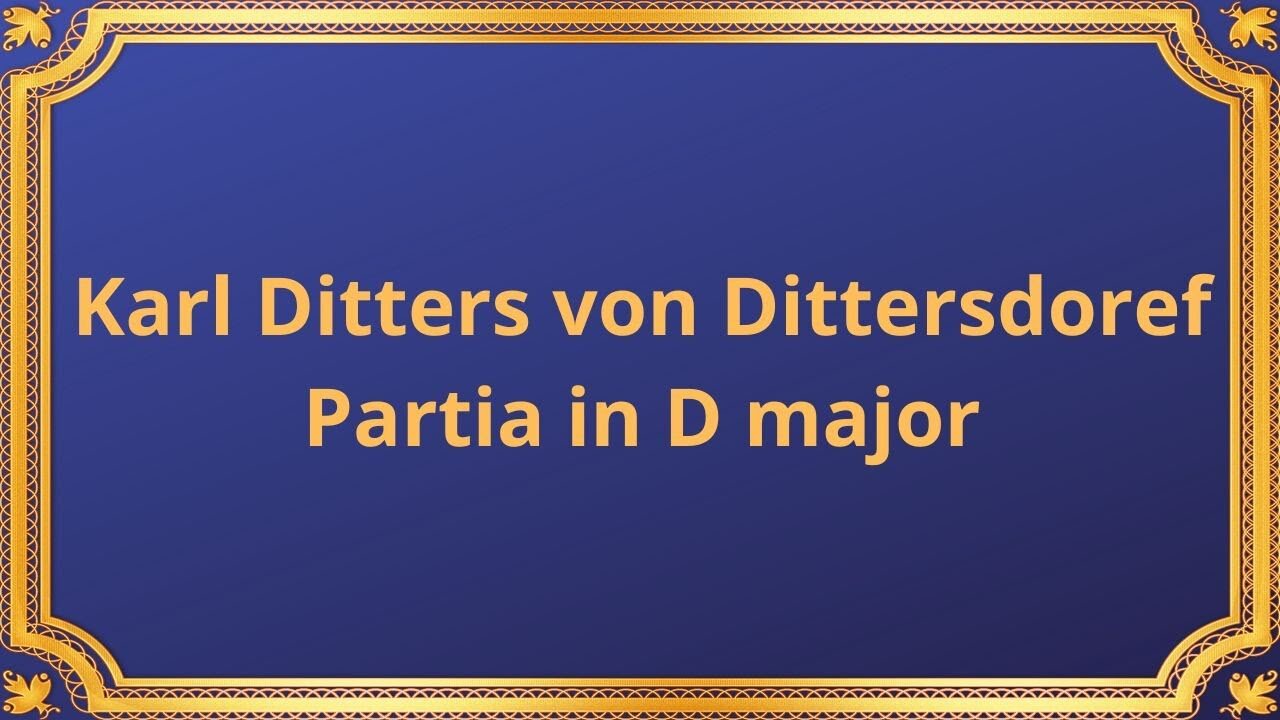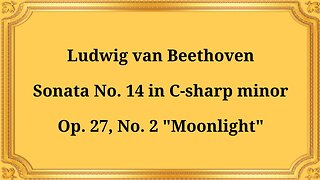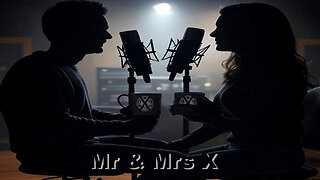Premium Only Content

Karl Ditters von Dittersdoref Partia in D major 2 oboes, 2 horns, bassoon
#KarlDittersvonDittersdorf, #PartiainDmajor , #ClassicalMusic, #MusicalComposition, #Oboe
#Horn, #Bassoon, #ChamberMusic, #ClassicalPeriod, #Composer
KARL DITTERS VON DITTERSDOREF Partia in D major (2 oboes, 2 horns, bassoon)
Herbert Reznicek, flute. Manfred Kautzky, oboe. Friedrich Fuchs, clarinet.
Friedrich Gabler, horn. Karl Dvorak, bassoon.
Erich Dittrich, 2nd oboe. Joseph Plichta, 2nd clarinet. Hans Fischer, 2nd horn.
Karl Ditters von Dittersdorf, a prominent composer of the Classical period, left a lasting impact on the world of classical music. Among his notable works, the Partia in D Major for 2 Oboes, 2 Horns, and Bassoon shines as a remarkable composition.
Karl Ditters von Dittersdorf, born in 1739 in Austria, was a prolific composer and violinist of the Classical era. He was known for his innovative compositions, blending elements of the Baroque and Classical styles. Dittersdorf's works were characterized by their melodic richness, expressive qualities, and experimentation with various instrumental combinations.
The Partia, also known as a Partita, is a multi-movement composition often written for a small ensemble. It typically consists of dance-inspired movements, showcasing the composer's ability to explore different moods and musical ideas within a cohesive structure. Dittersdorf's Partia in D Major exemplifies the charm and elegance associated with this musical form.
Dittersdorf's Partia in D Major for 2 Oboes, 2 Horns, and Bassoon was composed during the late 18th century, a time of immense musical innovation. This piece reflects the stylistic elements of the Classical period, characterized by balance, clarity, and formal structure. The choice of instruments - 2 oboes, 2 horns, and bassoon - creates a unique and rich timbre, allowing for intricate dialogues and harmonies within the ensemble.
The Partia in D Major is written in the key of D major, known for its bright and joyful character. Dittersdorf's composition typically consists of multiple movements, such as an opening Allegro, a lyrical slow movement, a lively minuet, and a spirited finale. The melodic lines intertwine among the instruments, showcasing Dittersdorf's skillful writing and ability to create engaging and memorable themes.
Dittersdorf's Partia in D Major holds great significance within the classical music canon. It represents the composer's creative exploration of instrumental combinations and his ability to compose music that captivates both the intellect and emotions of the listener. The Partia's melodic richness, harmonic complexity, and inventive orchestration contribute to its enduring appeal and recognition as a valuable addition to the chamber music repertoire of the Classical era.
Conclusion:
Karl Ditters von Dittersdorf's Partia in D Major for 2 Oboes, 2 Horns, and Bassoon stands as a testament to the composer's musical genius and his contribution to the classical music world. Through its unique instrumentation, melodic richness, and inventive musical ideas, the Partia showcases Dittersdorf's ability to create engaging and captivating compositions. This work continues to captivate audiences with its charm, elegance, and historical significance, solidifying its place in the classical music repertoire. The Partia in D Major serves as a reminder of Dittersdorf's remarkable talent and his lasting legacy in the realm of classical music.
You have the opportunity to support the channel:
https://destream.net/live/RadSiarAl/donate
https://www.buymeacoffee.com/6355radsiaral
-
 18:26
18:26
Classical music_Music Inspiration
1 month agoLudwig van Beethoven Sonata No. 14 in C-sharp minor, Op. 27, No. 2 "Moonlight"
811 -
 11:25
11:25
Damon Imani
1 day ago11 Minutes of Damon DESTROYING The View Hosts | Compilation Vol.15
1.61K3 -
 LIVE
LIVE
FusedAegisTV
14 hours agoOFFICIAL Evo 2025 Day 3 Co-Stream - Las Vegas, NV ∥ Top 8 FINALS! SF6, Tekken 8 & MORE
2,018 watching -
 LIVE
LIVE
itsReel
2 hours agoHAPPY SUNDAY! Picture Perfect, Then Tigger Happy!
57 watching -
 17:28
17:28
Degenerate Jay
3 days ago $0.12 earnedDoes Batman: Arkham Asylum Need A Remake?
1.88K -
 LIVE
LIVE
C03Games
45 minutes agoLiving The Mob Life Ain't Easy (Mafia II)
51 watching -
 5:50
5:50
VSOGunChannel
1 day ago $0.14 earnedMcCloskey Finally Gets His Rifle Back
1.54K5 -
 1:01:07
1:01:07
Professor Gerdes Explains 🇺🇦
22 hours agoWhat is Happening With Trump and Putin RIGHT NOW?
1.74K2 -
 1:50
1:50
Memology 101
13 hours ago $0.18 earnedNah, we good...
2.01K23 -
 58:42
58:42
X22 Report
1 day agoMr & Mrs X: America’s Back, Those Who Tried To Destroy American Will Face Justice - Ep 1
311K176